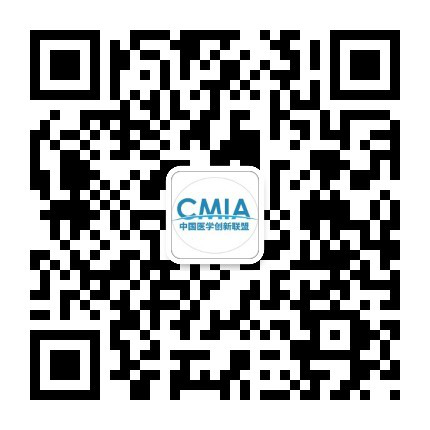日本 2 型糖尿病患者糖尿病病程与自我病耻感发展之间的关联:横断面数据的二次分析
分享智慧
共同成长
Abstract
Objectives To examine the associations between self-stigma and diabetes duration in a sample of Japanese people with type 2 diabetes.
Design A secondary analysis of a cross-sectional study.
Setting Two university hospitals, one general hospital and one clinic in Tokyo, Japan.
Participants Outpatients with type 2 diabetes aged 20–74 years and receiving treatment from diabetes specialist physicians (n=209) completed a self-administered questionnaire.
Primary and secondary outcome measures Self-stigma was measured as the primary outcome. Patient Activation Measure, body mass index and haemoglobin A1c were measured as secondary outcomes.
Results One-way analysis of covariance showed significant differences in self-stigma levels between the five groups of diabetes duration (≤5 years, 6–10 years, 11–15 years, 16–21 years and 22 years or more) after controlling for age, gender, education, marital status, diabetes treatment (insulin use) and diabetes-related complications, F(4,198)=2.83, p=0.026. Multiple comparisons using Bonferroni correction showed statistically significant differences in self-stigma levels between the groups with ≤5 years (95% CI 59.63 to 69.73) and 11–15 years with diabetes (95% CI 71.12 to 80.82; p=0.020). The highest mean level of self-stigma was observed in the group having diabetes for 11–15 years.
Conclusions Self-stigma was associated with diabetes duration and was lowest after diagnosis and gradually increased, with its highest levels being observed in those having diabetes for 11–15 years. Self-stigma takes time to develop and gradually increases in individuals as it is learnt through direct experiences of diabetes-related stigma after self-administering treatment in everyday social situations.
摘要翻译(仅供参考)
目的 在日本2型糖尿病患者的样本中,研究自我羞辱与糖尿病持续时间之间的关系。
设计 一项横断面研究的二级分析。
场所 日本东京的两家大学医院、一家综合医院和一家诊所。
参与者 年龄在20-74岁并接受糖尿病专科医生治疗的2型糖尿病门诊患者(n=209)完成了一份自编的调查问卷。
主要和次要结果测量 自我成见作为主要结果被测量。患者积极性测量、体重指数和血红蛋白A1c被作为次要结果进行测量。
结果 单向协方差分析显示,在控制了年龄、性别、教育、婚姻状况、糖尿病治疗(胰岛素使用)和糖尿病相关并发症后,五组糖尿病病程(≤5年、6-10年、11-15年、16-21年和22年或以上)之间的自我成见水平存在显著差异,F(4,198)=2.83,P=0.026。使用Bonferroni校正的多重比较显示,患有糖尿病≤5年(95% CI 59.63至69.73)和11-15年(95% CI 71.12至80.82;P=0.020)的群体之间的自我成见水平有统计学意义。在患糖尿病11-15年的群体中,自我成见的平均水平最高。
结论 自我成见与糖尿病病程有关,在诊断后最低,并逐渐增加,其最高水平出现在患糖尿病11-15年的人身上。自我成见的形成需要时间,并且在个人中逐渐增加,因为它是通过在日常社会环境中自我管理治疗后对糖尿病相关成见的直接体验而学会的。
原文链接:
https://bmjopen.bmj.com/content/11/12/e055013
THE
END
不感兴趣
看过了
取消
不感兴趣
看过了
取消
精彩评论
相关阅读





 打赏
打赏


















 010-82736610
010-82736610
 股票代码: 872612
股票代码: 872612




 京公网安备 11010802020745号
京公网安备 11010802020745号


